Home>diy>Planning & Engineering>What To Include In A Landscape Architect’s Portfolio
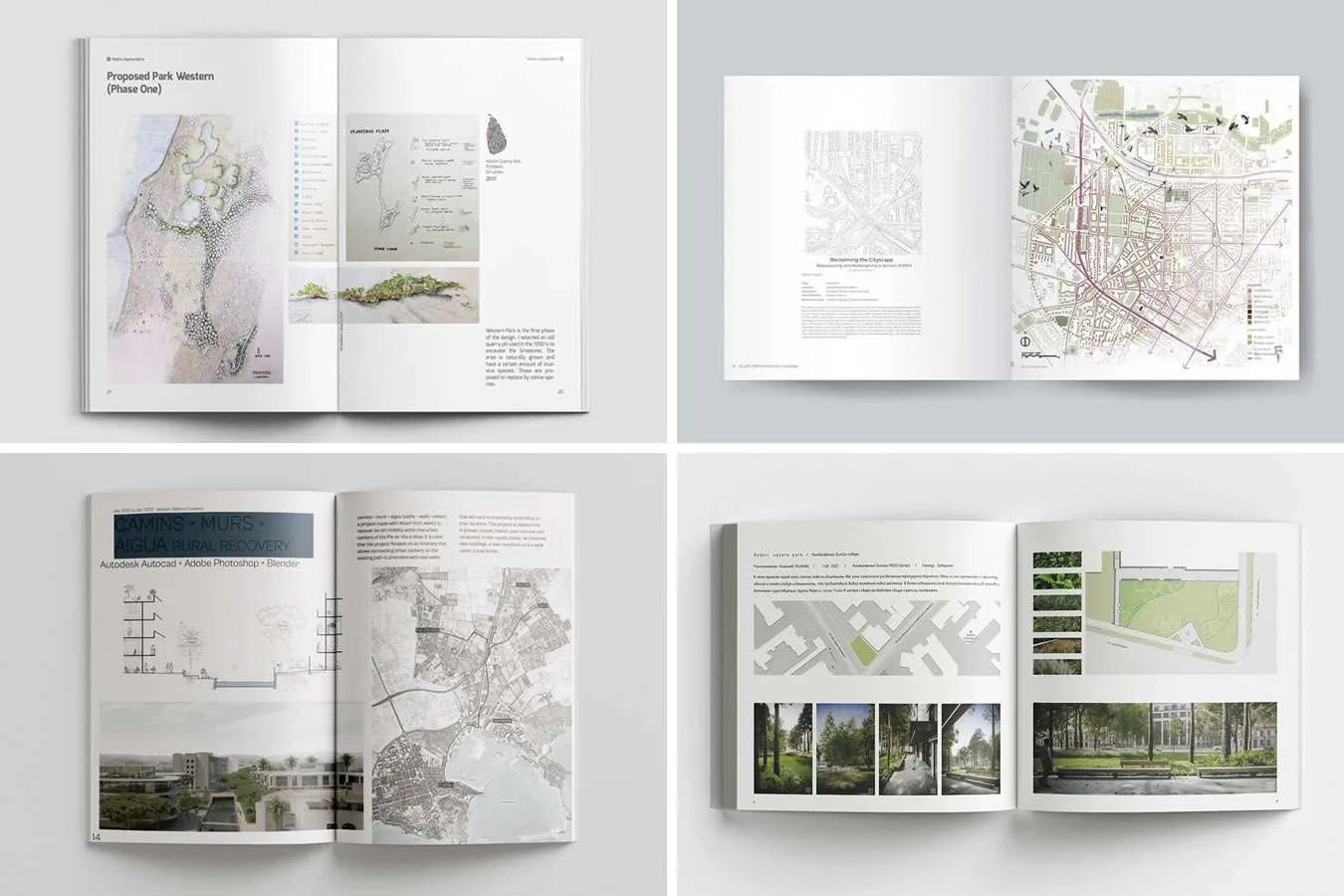

Planning & Engineering
What To Include In A Landscape Architect’s Portfolio
Modified: March 24, 2024
Discover key elements to include in a landscape architect's portfolio, from planning and engineering projects to showcasing design skills for a successful career in the field.
(Many of the links in this article redirect to a specific reviewed product. Your purchase of these products through affiliate links helps to generate commission for Storables.com, at no extra cost. Learn more)
Introduction
Welcome to the world of landscape architecture, where creativity blends seamlessly with engineering and planning expertise. A landscape architect’s portfolio is not just a showcase of their work, but also a testament to their skills and abilities. It is a visual representation of their professional journey – a collection of projects, ideas, and achievements that speak volumes about their expertise and design philosophy.
In this article, we will explore the key elements that every landscape architect should include in their portfolio. From project experience and technical skills to graphic representation and sustainable design, we will delve into the various components that make a portfolio comprehensive and compelling.
Creating a standout portfolio is essential for landscape architects to showcase their talent, attract clients, and secure new projects. It is their opportunity to highlight their unique approach to design, problem-solving capabilities, and their ability to translate a vision into reality.
Whether you are a seasoned professional looking to update your portfolio or a student about to graduate, this guide will provide you with valuable insights and tips to create a portfolio that effectively represents your skills and sets you apart from the competition.
So, let’s jump in and explore the essential elements that make a landscape architect’s portfolio shine!
Key Takeaways:
- Showcase your expertise in landscape architecture through a well-crafted portfolio that highlights your professional profile, project experience, design process, technical skills, and sustainable design, captivating potential clients and employers.
- Elevate your portfolio with client testimonials, volunteer work, continuing education, awards, and additional work samples to demonstrate your commitment, creativity, and impact as a landscape architect, setting yourself apart in the industry.
Read more: What Is A Landscape Architect
Professional Profile
Your professional profile is the first section of your landscape architect’s portfolio and serves as an introduction to who you are as a professional. It provides potential clients or employers with an overview of your background, education, relevant experience, and any certifications or affiliations you have.
When creating your professional profile, it’s important to include a well-written and concise summary of your expertise and career highlights. Highlight your unique strengths and areas of specialization to grab the reader’s attention and emphasize why you are the right choice for their project.
Include information about your education, such as the universities or institutions you attended and the degrees or certifications you obtained. This establishes your foundation of knowledge and expertise in landscape architecture.
Be sure to mention any professional affiliations or memberships, as this demonstrates your commitment to staying current in the field and ongoing professional development. This may include organizations such as the American Society of Landscape Architects (ASLA) or local landscape architecture associations.
Additionally, consider including a professional headshot in this section. A photo adds a personal touch to your portfolio and helps potential clients or employers connect with you at a deeper level. It humanizes your profile and makes it more relatable.
Remember, your professional profile should be concise and impactful. Aim to capture the reader’s attention and provide them with a clear understanding of who you are as a landscape architect, setting the stage for the rest of your portfolio.
Project Experience
One of the most important sections of a landscape architect’s portfolio is showcasing your project experience. This demonstrates your ability to successfully execute design projects and gives potential clients a glimpse into the type of work you have done.
When highlighting your project experience, focus on a variety of projects that showcase your versatility and expertise. Include a mix of residential, commercial, and public space projects to demonstrate your ability to work across different scales and contexts.
For each project, provide a brief description that outlines the scope, objectives, and unique features of the design. Include information about your role and responsibilities within the project, showcasing your involvement in the design process from concept development to construction supervision.
Include high-quality images or renderings of each project to visually showcase your design work. These visuals should highlight the overall design concept, site analysis, master planning, material selections, and any innovative features or sustainable design strategies employed.
In addition to images, consider including before-and-after photos, as they can be impactful in demonstrating the transformative power of your designs. These visual representations bring your projects to life and allow potential clients to envision the possibilities for their own spaces.
It’s also beneficial to include project case studies, where you dive deeper into specific challenges, solutions, and outcomes for each project. Case studies provide a narrative that explains your design approach, problem-solving skills, and the positive impact your work had on the site and its users.
Remember, when showcasing your project experience, focus on quality over quantity. It’s better to highlight a few well-executed and diverse projects that truly showcase your skills rather than including a long list of mediocre projects.
By effectively presenting your project experience, you demonstrate your capabilities as a landscape architect and build trust with potential clients or employers who are looking for evidence of your past successes.
Design Process
When clients or employers review a landscape architect’s portfolio, they are not only interested in the final design outcome but also in understanding the design process that led to that outcome. Including a section on your design process allows you to showcase your approach, problem-solving skills, and creativity.
In this section, provide an overview of your design process, detailing the various stages from initial client consultation to final design presentation. Break down the steps you take to analyze the site, gather client requirements, develop design concepts, and refine your ideas.
Emphasize your ability to conduct thorough site analyses, including environmental considerations, topography, existing vegetation, and any other relevant factors. Showcase how you use this information to inform your design decisions and ensure a harmonious integration with the surroundings.
Explain how you translate client needs and desires into design concepts by actively involving them in the design process. This demonstrates your strong communication and client management skills, ensuring that your designs align with the client’s vision and goals.
Highlight your creativity and problem-solving abilities by sharing examples of how you have overcome design challenges through innovative solutions. Demonstrate how you balance aesthetics with functionality and environmental sustainability to create sustainable and enduring designs.
Consider including visuals that illustrate your design process, such as sketches, diagrams, and mood boards. These visuals help the reader understand the evolution of your design ideas and the thoughtful considerations you incorporate into your work.
An effective design process section should give potential clients or employers insight into your approach, methodology, and the attention to detail you bring to each project. It helps them understand the value you can bring to their own projects and strengthens their confidence in your abilities as a landscape architect.
Technical Skills
Technical skills are a crucial aspect of being a successful landscape architect. Including a section in your portfolio that showcases your technical skills is essential to demonstrate your proficiency in various aspects of the profession.
Start by listing the specific technical skills you possess, such as software proficiency, construction documentation, grading and drainage, irrigation design, and plant knowledge. This helps potential clients or employers understand the breadth of your expertise.
For each technical skill listed, provide a brief description that explains your level of proficiency and how you have applied the skill in your projects. Highlight specific examples where your technical skills played a significant role in the success of the project.
One important technical skill for landscape architects is the ability to produce accurate construction documentation. This includes creating detailed site plans, grading plans, planting plans, and construction details. Include samples of your construction documentation in your portfolio to showcase your ability to translate your design into precise and actionable plans.
Another essential technical skill is the ability to assess and address drainage and stormwater management. Explain how you have integrated proper drainage solutions into your designs to ensure proper function and prevent flooding or erosion issues.
In addition to technical skills related to design and construction, highlight your knowledge of plant materials. Showcase your understanding of different plant species, their growth habits, and their suitability for specific site conditions. This demonstrates your ability to create beautiful and sustainable landscapes.
Lastly, don’t forget to include your knowledge of landscape construction materials and techniques. Discuss your expertise in selecting the right materials for hardscape elements, such as paving, walls, and structures, and how you ensure their proper installation.
By showcasing your technical skills, you demonstrate your ability to effectively execute landscape projects and overcome challenges that arise during the design and construction phases. This section reinforces your competence and expertise, making your portfolio more compelling to potential clients and employers.
Software Proficiency
In today’s digital age, proficiency in various software tools is an essential skill for landscape architects. Including a section in your portfolio that highlights your software proficiency allows potential clients or employers to gauge your ability to adapt to industry-standard tools and workflows.
List the software programs you are proficient in, such as AutoCAD, SketchUp, Adobe Creative Suite, GIS (Geographic Information System), and BIM (Building Information Modeling) software like Revit. Provide a brief description for each software, explaining how you have utilized it in your design projects.
For example, with AutoCAD, emphasize your ability to create precise and accurate 2D drawings, including site plans, grading plans, and construction details. Mention any customizations or workflows you have developed to optimize your efficiency and deliver high-quality outputs.
Showcase your expertise in 3D modeling software like SketchUp, demonstrating your ability to create compelling visual representations of your designs. Share examples of how you have used SketchUp to develop detailed 3D models that accurately depict your design concepts.
Adobe Creative Suite, including Photoshop, Illustrator, and InDesign, is another important tool for landscape architects. It allows you to develop stunning presentation graphics, renderings, and marketing materials. Highlight how you have used these applications to create visually impressive and engaging materials for client presentations.
If you have experience with GIS software, mention your ability to analyze site data, perform spatial analysis, and create maps that inform your design decisions. This showcases your proficiency in utilizing geospatial information to enhance the functionality and sustainability of your designs.
Lastly, if you have knowledge of BIM software like Revit, discuss how you have integrated your landscape designs with architectural and engineering models. Emphasize your ability to collaborate with other professionals and use BIM tools to streamline design coordination and improve project outcomes.
Including a section on software proficiency demonstrates your adaptability to the technology-driven landscape architecture field. It assures potential clients or employers that you can effectively navigate the digital landscape and leverage the latest tools to enhance your design and presentation capabilities.
Graphic Representation Skills
Graphic representation skills are fundamental for effectively communicating design ideas and concepts to clients, stakeholders, and project teams. Including a section in your portfolio that showcases your graphic representation skills is essential to demonstrate your ability to visually convey your design intent.
Start by outlining the various graphic representation skills you possess, such as hand rendering, digital rendering, visualization techniques, diagramming, and presentation layout. This provides potential clients or employers with an overview of your capabilities in presenting your ideas.
Highlight your hand rendering skills, if applicable, by including samples of your hand-drawn sketches or illustrations. These renderings add a personal touch to your portfolio and showcase your ability to quickly capture design ideas and communicate them in a visually captivating manner.
Showcase your proficiency in digital rendering techniques using software like Photoshop or Illustrator. Include examples of professional renderings you have created, highlighting your attention to detail, use of color and texture, and ability to create visually stunning representations of your designs.
Discuss your skills in using visualization techniques, such as 3D modeling and virtual reality tools, to create realistic and immersive visualizations of your designs. Share examples of how you have utilized these techniques to help clients and stakeholders better understand and experience your design proposals.
Explain your expertise in diagramming, which involves creating clear and concise graphical representations of design concepts, site analysis, and design processes. Discuss how your diagrams effectively communicate complex information in a visually appealing and easy-to-understand manner.
Lastly, highlight your ability to create visually compelling presentation layouts. Show examples of how you have designed presentation boards, brochures, and other marketing materials that effectively showcase your design work and engage viewers.
By including a section on your graphic representation skills, you demonstrate your ability to create visually captivating presentations that effectively convey your design ideas. This section adds another layer of depth and professionalism to your portfolio and increases the overall impact of your work.
Hand Drawings and Sketches
Hand drawings and sketches have a timeless quality that adds a unique touch to a landscape architect’s portfolio. Including a section dedicated to hand drawings and sketches allows you to showcase your artistic ability, creativity, and the personal touch you bring to your design work.
Start by selecting a variety of your best hand drawings and sketches that demonstrate your versatility and range. Include examples of concept sketches, site analysis sketches, and detailed renderings. Each drawing should showcase your ability to capture the essence of a design idea and communicate it effectively.
Explain your thought process behind each drawing. Share insights into the inspiration, materials used, and the purpose of the sketch. This helps the viewer understand the context and meaning behind each piece and gives them a glimpse into your artistic approach.
Highlight your ability to quickly sketch and capture design ideas on the go. Sketches done on-site or during the early stages of a project can demonstrate your ability to think on your feet and visualize concepts in real-time.
In addition to hand-drawn sketches, consider including any art pieces or illustrations that showcase your artistic abilities. These can be landscape-related or even unrelated pieces that demonstrate your creativity and skills as an artist.
Include high-quality images of your hand drawings and sketches, ensuring that they are clear and easily readable. Pay attention to lighting, composition, and clarity to ensure that the viewer can appreciate your skill and attention to detail.
By including a section on hand drawings and sketches, you bring a personal and artistic element to your portfolio. It showcases your ability to communicate ideas through the vibrant and expressive medium of hand-drawn art, making your portfolio more memorable and captivating.
Construction Documentation
Construction documentation is a critical aspect of a landscape architect’s work. It involves creating detailed plans and documents that guide the implementation of the design. Including a section in your portfolio that highlights your expertise in construction documentation demonstrates your ability to effectively communicate design intent to contractors and ensure the successful execution of projects.
Start by explaining the importance of construction documentation in the landscape architecture process. It serves as a vital communication tool between the landscape architect, contractors, and other stakeholders involved in the construction process. It provides clear instructions on how to bring the design to life and ensures that the project is executed according to the design intent.
Showcase examples of your construction drawings, including site plans, grading and drainage plans, planting plans, and construction details. Each drawing should be clear, precise, and accurately depict the necessary information for construction.
Explain the level of detail you incorporate into your construction documentation. Discuss how you provide specifications for materials, dimensions, and construction techniques to guarantee the desired outcome. Emphasize your ability to coordinate with other professionals, such as architects and engineers, to integrate their requirements into the overall construction documentation.
Highlight your proficiency in utilizing computer-aided design (CAD) software, such as AutoCAD, to create precise and accurate construction drawings. Discuss any special techniques or customizations you have developed to optimize your workflow and ensure the efficiency of your documentation process.
Include samples of your construction details, which demonstrate your understanding of construction techniques and materials. These details should clearly illustrate how specific elements of the design are to be constructed, such as retaining walls, paving patterns, or irrigation systems.
By showcasing your expertise in construction documentation, you assure potential clients and employers of your ability to provide comprehensive and actionable instructions for the successful implementation of your designs. It validates your technical knowledge, attention to detail, and commitment to ensuring the quality and accuracy of the final built project.
When creating a landscape architect’s portfolio, be sure to include a variety of project types, such as residential, commercial, and public spaces, to showcase your range of skills and experience.
Read more: What Is A Green Landscape Architect
Research and Analysis
Research and analysis are essential elements of the landscape architecture profession. Including a section in your portfolio that highlights your skills in research and analysis allows you to showcase your ability to thoroughly understand the site context, identify opportunities and constraints, and develop informed design solutions.
Start by explaining the significance of research and analysis in the landscape architecture process. Discuss how conducting thorough research helps you gain a deep understanding of the site’s history, culture, community, climate, and ecology. This research forms the foundation upon which your designs are built.
Showcase examples of your site analysis, including maps, aerial imagery, and diagrams that highlight the site’s features and characteristics. Discuss your approach to site analysis, such as conducting site visits, collecting data, and engaging with local stakeholders to gather valuable insights.
Highlight your ability to conduct research on specific topics that influence your design decisions. This may involve studying local flora and fauna, understanding cultural and historical influences, or researching current sustainability practices. Share insights into your research methods and the resources you use to gather relevant information.
Discuss how you integrate research findings into your design process. Explain how this research informs your design concept, material selection, and overall site strategy. Showcase examples of how you have used research to identify design opportunities and create innovative solutions that address site-specific challenges.
Explain your ability to analyze data and apply it to your designs. Discuss your proficiency in using tools such as Geographic Information Systems (GIS) to analyze spatial data, assess site conditions, and inform your decision-making process.
Include any research reports, studies, or presentations that you have conducted as part of your portfolio. These demonstrate your ability to delve into complex topics, synthesize information, and effectively communicate your findings and recommendations.
By showcasing your research and analysis skills, you demonstrate your ability to approach a project with a thorough understanding of its context and to develop informed design solutions that are responsive to the site and its users. This section adds depth and credibility to your portfolio, showcasing your ability to create thoughtful and meaningful designs.
Sustainable Design
Sustainable design is becoming increasingly important in the field of landscape architecture. Including a section in your portfolio that highlights your expertise in sustainable design allows you to showcase your commitment to creating environmentally conscious and socially responsible landscapes.
Start by explaining the importance of sustainable design in landscape architecture. Discuss how it addresses the environmental, social, and economic aspects of a project, promoting the well-being of both people and the planet. Emphasize your belief in creating designs that minimize negative environmental impact and enhance ecological resilience.
Showcase examples of your sustainable design projects, highlighting the sustainable strategies, techniques, and materials you have incorporated. Discuss how you integrate principles of sustainability in every stage of the design process, from site analysis to material selection and maintenance planning.
Highlight your knowledge and understanding of sustainable site planning and design principles. Discuss how you consider factors such as solar orientation, water efficiency, stormwater management, and biodiversity enhancement in your design solutions. Showcase your ability to create landscapes that conserve resources, reduce waste, and promote environmental stewardship.
Show particular examples of projects where you have utilized sustainable materials and construction techniques. Discuss how you have incorporated recycled or locally sourced materials, as well as implemented strategies for reducing energy consumption and minimizing carbon footprint.
Explain your expertise in designing with native plants and incorporating sustainable landscaping practices such as rain gardens, green roofs, and permeable paving. Discuss how these elements enhance biodiversity, reduce water runoff, and improve the overall environmental quality of the site.
Discuss your understanding of sustainable urban design and the integration of green infrastructure in urban areas. Share examples of projects where you have incorporated elements such as urban parks, green streets, and urban agriculture, providing environmental, social, and economic benefits to the community.
By showcasing your expertise in sustainable design, you demonstrate your commitment to creating landscapes that are not only visually appealing but also environmentally responsible. This section of your portfolio highlights your ability to address the challenges of the present and help shape a sustainable future through your design work.
Client Testimonials
Client testimonials are a powerful tool for showcasing the impact of your work and building trust with potential clients. Including a section in your portfolio that features client testimonials allows you to highlight the positive experiences and outcomes that your clients have had working with you.
Start by gathering testimonials from satisfied clients who have experienced firsthand the value of your services. Request their permission to feature their testimonials in your portfolio, ensuring that you respect their privacy and confidentiality.
Include a diverse range of testimonials that speak to different aspects of your work, such as your communication skills, design creativity, problem-solving abilities, and professionalism. Each testimonial should be specific, highlighting the particular strengths and positive experiences of working with you.
When choosing testimonials to include, prioritize those from reputable clients or well-known organizations. This adds credibility to your portfolio and instills confidence in potential clients who may recognize and trust the testimonials from established entities.
Ensure that each testimonial is accompanied by the client’s name, position, and organization, if applicable. This adds authenticity and credibility to the testimonial, allowing potential clients to verify the source if desired.
If possible, include relevant visuals or project details alongside each testimonial to provide additional context and reinforce the positive impact of your work. This could include images of the project, site plans, or project descriptions that align with the testimonial.
Consider including a mix of written testimonials and video testimonials. Video testimonials can bring the clients’ words to life and create a deeper connection with the viewers. It allows potential clients to see and hear the satisfaction and enthusiasm of your previous clients directly.
By including client testimonials in your portfolio, you provide evidence of your professionalism, customer satisfaction, and ability to deliver successful projects. These testimonials serve as a powerful endorsement of your work and can significantly influence potential clients’ decision to engage your services.
Volunteer Work and Community Involvement
Volunteer work and community involvement are important aspects of a landscape architect’s portfolio. Including a section that highlights your participation in volunteer projects and your commitment to giving back to the community demonstrates your dedication to creating positive change beyond your professional work.
Start by explaining the significance of volunteer work and community involvement in the field of landscape architecture. Discuss how these activities allow you to contribute your skills and expertise to projects that benefit the community, enhance public spaces, and promote social and environmental well-being.
Showcase examples of volunteer projects you have participated in, such as community gardens, public park revitalization, or urban greening initiatives. Discuss your role in these projects and the impact they had on the community and the environment.
Highlight any leadership or collaborative roles you have taken in community-based design initiatives. Share how you have worked with stakeholders, community members, and other professionals to develop inclusive and sustainable design solutions that address the unique needs and aspirations of the community.
Discuss any pro bono work you have undertaken, providing landscape architecture services to non-profit organizations, schools, or community groups. Describe the projects and the positive outcomes they achieved, whether it’s creating a safe and engaging outdoor space for children or improving accessibility for people with disabilities.
Incorporate images or visuals from your volunteer projects to visually showcase your involvement and the positive impact of your work on the community. These visuals help potential clients or employers see the tangible results of your volunteer efforts and better understand your commitment to community betterment.
Additionally, include any awards, recognition, or media coverage you have received for your volunteer work. This further validates your commitment and highlights the value and impact of your contributions.
By showcasing your volunteer work and community involvement, you demonstrate your dedication to using your skills and expertise for the greater good. This section of your portfolio emphasizes your values, passion, and the positive impact you bring to society through your work as a landscape architect.
Read more: What Is The Salary Of A Landscape Architect?
Continuing Education and Certifications
Continuing education and certifications are essential components of a landscape architect’s professional development. Including a section in your portfolio that highlights your commitment to staying up-to-date with industry trends and acquiring relevant certifications demonstrates your dedication to excellence and ongoing learning.
Start by explaining the importance of continuing education and certifications in the field of landscape architecture. Discuss how these activities allow you to expand your knowledge, stay current with industry advancements, and enhance your skills to better serve your clients.
Showcase any certifications or accreditations you have obtained, such as the Landscape Architect Registration Exam (LARE) certification or certifications in sustainable design or specialized design software. Highlight the significance of these certifications and how they demonstrate your expertise and credibility in specific areas of landscape architecture.
List any relevant professional development courses, workshops, or conferences you have attended. Describe the topics covered and how these experiences have expanded your knowledge and skills. Emphasize the practical applications of the knowledge gained in your portfolio projects.
Include any published articles, research papers, or presentations you have made in conferences or industry events. These demonstrate your ability to contribute thought leadership and share your expertise with the wider professional community.
Share any leadership roles or involvement you have had in professional organizations or industry committees. This highlights your commitment to the profession and your active engagement in advancing the field of landscape architecture.
Mention any specialized training programs or postgraduate studies you have completed, focusing on how these programs have enhanced your understanding of specific areas of landscape architecture and how they have influenced your design approach.
By showcasing your commitment to continuing education and certifications, you demonstrate your dedication to professional growth and the pursuit of excellence. This section of your portfolio reinforces your credibility as a landscape architect and instills confidence in potential clients and employers that you are equipped with the latest knowledge and expertise to deliver exceptional results.
Awards and Recognition
Awards and recognition are powerful indicators of your achievements and the quality of your work as a landscape architect. Including a section in your portfolio that highlights the awards and recognition you have received allows you to showcase your excellence, credibility, and the positive impact of your design solutions.
Start by explaining the importance of awards and recognition in the field of landscape architecture. Discuss how these accolades validate your expertise, innovation, and commitment to delivering outstanding design solutions.
Showcase any national or international awards you have received for your projects. These may include awards for design excellence, sustainability, innovation, or community impact. Highlight the significance of these awards, including the credibility of the organizations granting them and the competitive nature of the selection process.
Include regional or local awards that you have received from professional associations or local chapters. These awards demonstrate your involvement and recognition within your local community and highlight your ability to respond to region-specific design challenges effectively.
Discuss any industry-specific recognition you have received, such as being featured in design publications or being invited to speak at conferences or industry events. These accomplishments indicate your thought leadership and the recognition of your contributions to the field.
Include images or visuals of the awarded projects or the events where you received the recognition. These visuals not only serve as evidence of your achievements but also add visual interest to your portfolio.
If available, include any client testimonials or endorsements related to the awarded projects. This further reinforces the value and impact of your work, validating the caliber of your designs.
Discuss any scholarships or fellowships you have been awarded, demonstrating your ability to excel academically or your potential as a emerging leader in the field.
By featuring awards and recognition in your portfolio, you elevate your professional profile and establish your reputation as a landscape architect who delivers exceptional design solutions. This section showcases your ability to create innovative and impactful designs that have been recognized and celebrated by the industry.
Additional Work Samples
In addition to the specific sections mentioned earlier in your portfolio, including a section for additional work samples allows you to showcase a broader range of your projects, ideas, and design capabilities. This section provides an opportunity to include work that may not fit neatly into the previous sections but still demonstrates your creativity and expertise.
Start by selecting a variety of additional work samples that showcase your versatility as a landscape architect. Include projects from different scales, contexts, and design styles to demonstrate your ability to adapt to different project requirements and client preferences.
Choose projects that highlight your unique design approach, innovative solutions, or interesting design challenges. These projects should showcase your ability to think outside the box and create designs that are both functional and visually captivating.
Include work that demonstrates your understanding and incorporation of cultural, historical, and environmental aspects in your designs. Showcase your ability to create landscapes that respond to and enhance the unique characteristics of their surroundings.
Consider including any conceptual or speculative projects that highlight your imagination and creativity. These types of projects allow potential clients to see your ability to push the boundaries of traditional design and explore new ideas and possibilities.
Incorporate different mediums and formats in your additional work samples, such as sketches, renderings, photography, or digital visualizations. This provides a rich and engaging visual experience for the viewer and showcases your proficiency with different presentation techniques.
Explain the context and story behind each additional work sample. Provide a brief description outlining the concept, design intent, and any specific challenges or interesting aspects of the project. This adds depth and meaning to your work and helps potential clients better understand your design philosophy.
Remember to always present your additional work samples in a visually appealing and organized manner. Use consistent formatting and ensure that the images or visuals are clear, well-lit, and properly scaled.
By including a section for additional work samples, you broaden the scope of your portfolio and provide potential clients or employers with a more comprehensive understanding of your design capabilities. This section allows you to showcase your creativity, versatility, and the breadth of your work as a landscape architect.
Conclusion
Congratulations! You have now learned about the essential elements to include in a landscape architect’s portfolio. From showcasing your professional profile and project experience to highlighting your design process, technical skills, and software proficiency, your portfolio is a comprehensive representation of your expertise and capabilities as a landscape architect.
By incorporating graphic representation skills, hand drawings and sketches, construction documentation, research and analysis, sustainable design, client testimonials, volunteer work and community involvement, continuing education and certifications, awards and recognition, and additional work samples, you have created a well-rounded and compelling portfolio.
Remember, your portfolio is your opportunity to captivate potential clients or employers, differentiate yourself from the competition, and demonstrate the value you can bring to their projects. The key is to strike a balance between informative content and engaging visuals, showcasing your creativity, professionalism, and unique design approach.
As you continue to grow and evolve as a landscape architect, remember to update and refine your portfolio regularly. Remove outdated or weaker work samples and replace them with new, more impressive projects. Stay current with industry trends, technology advancements, and sustainable design practices to ensure that your portfolio is representative of your latest skills and expertise.
Finally, always remember the power of storytelling. Use narratives, visuals, and client testimonials to weave a story throughout your portfolio, painting a picture of your design journey and the positive impact you have had on clients and communities.
With a well-crafted and thoughtfully curated portfolio, you are well-equipped to showcase your talents, attract new opportunities, and demonstrate why you are the perfect landscape architect for any project.
Frequently Asked Questions about What To Include In A Landscape Architect's Portfolio
Was this page helpful?
At Storables.com, we guarantee accurate and reliable information. Our content, validated by Expert Board Contributors, is crafted following stringent Editorial Policies. We're committed to providing you with well-researched, expert-backed insights for all your informational needs.

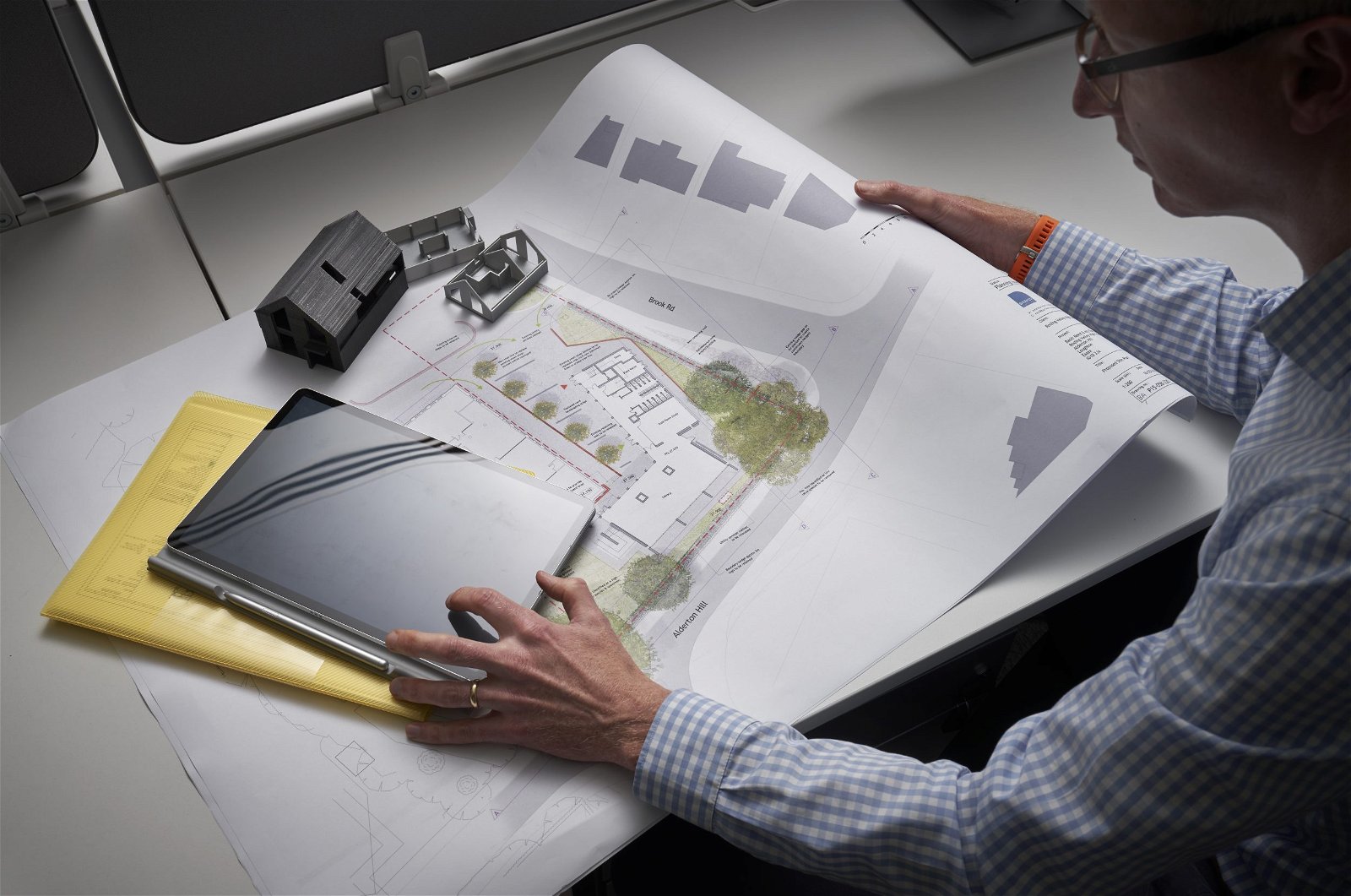
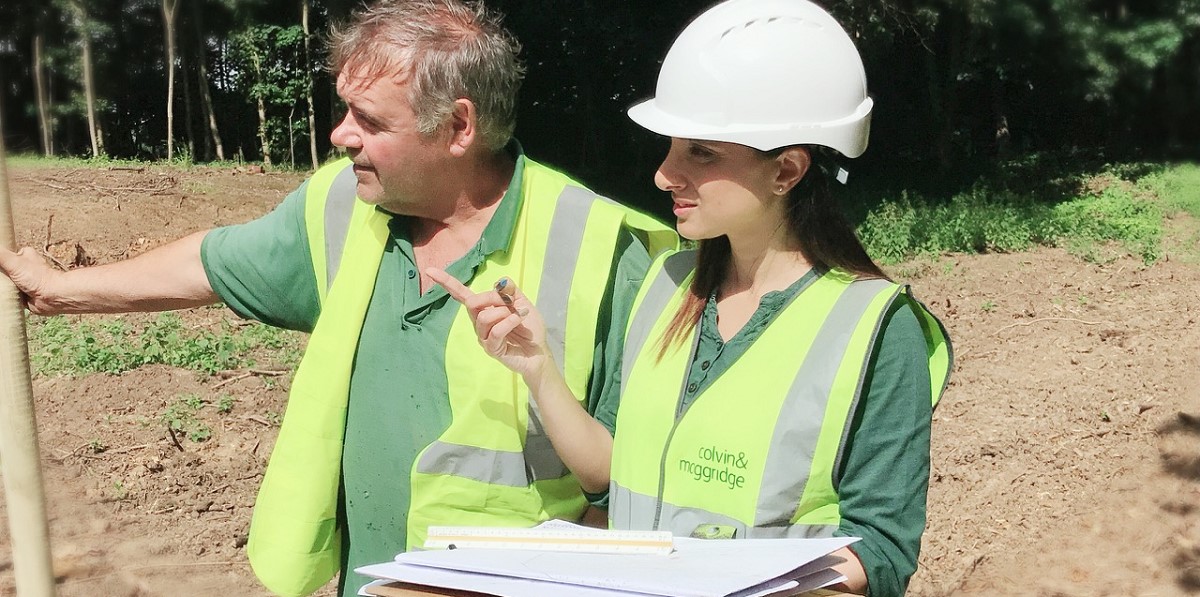

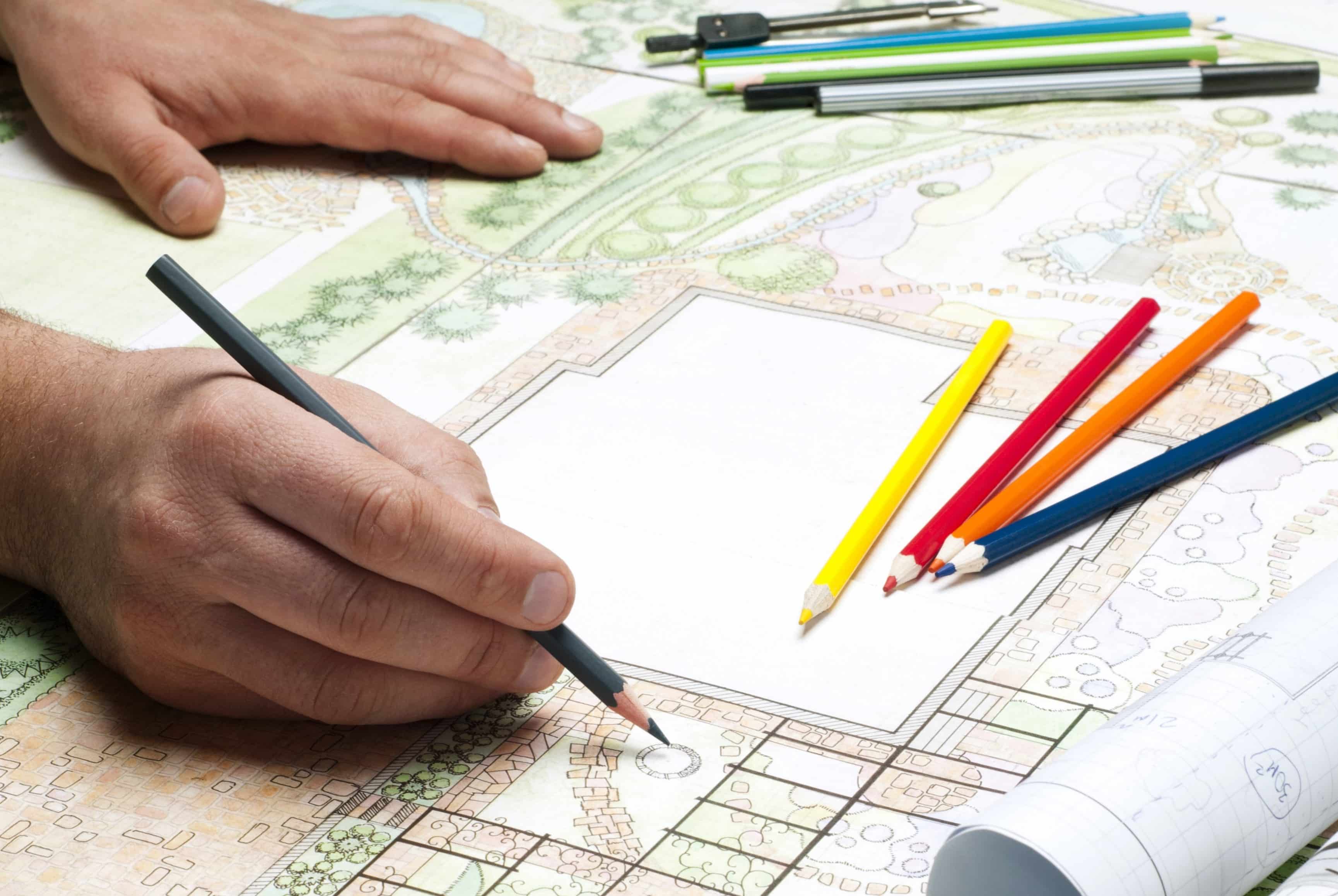

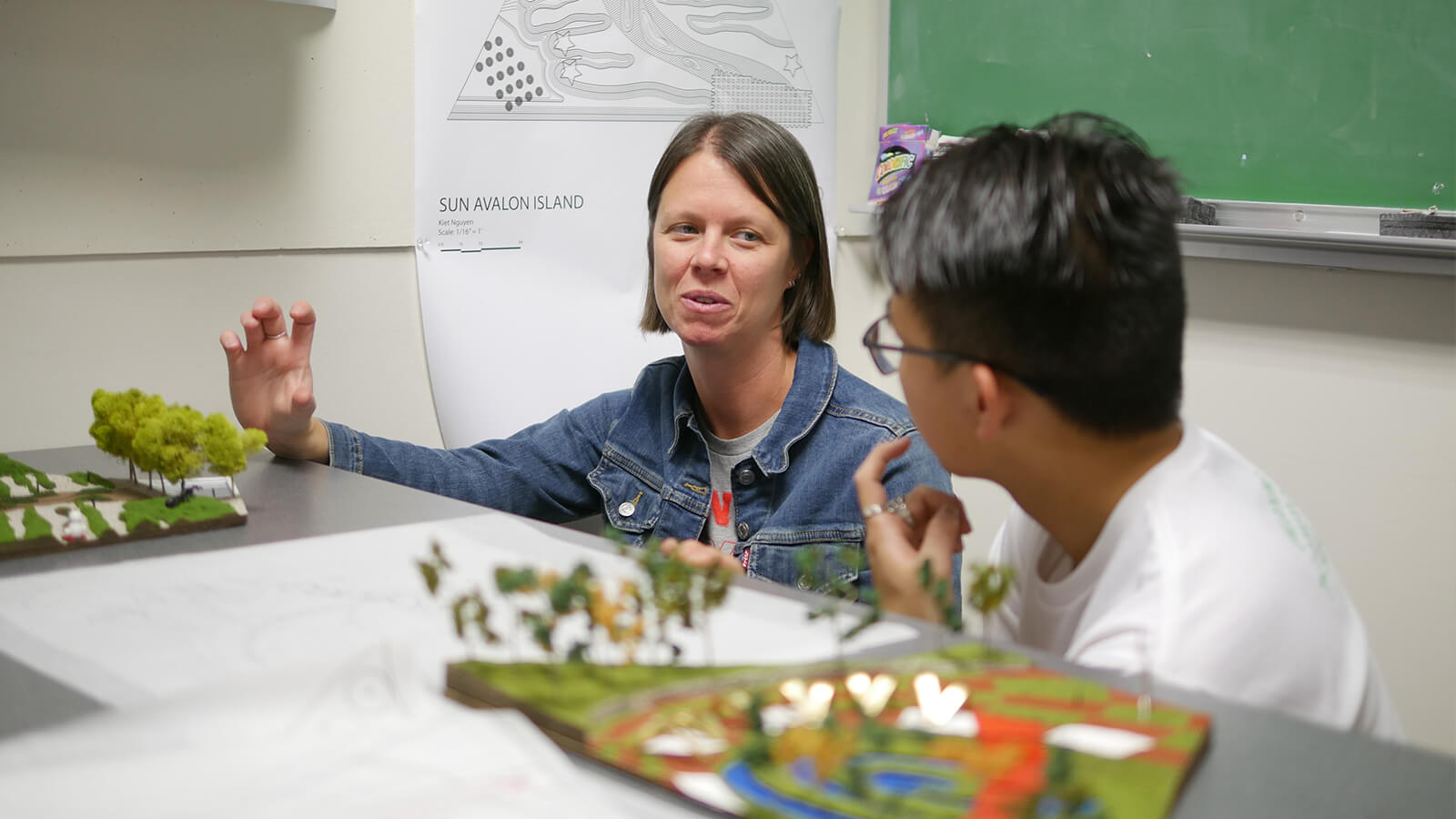
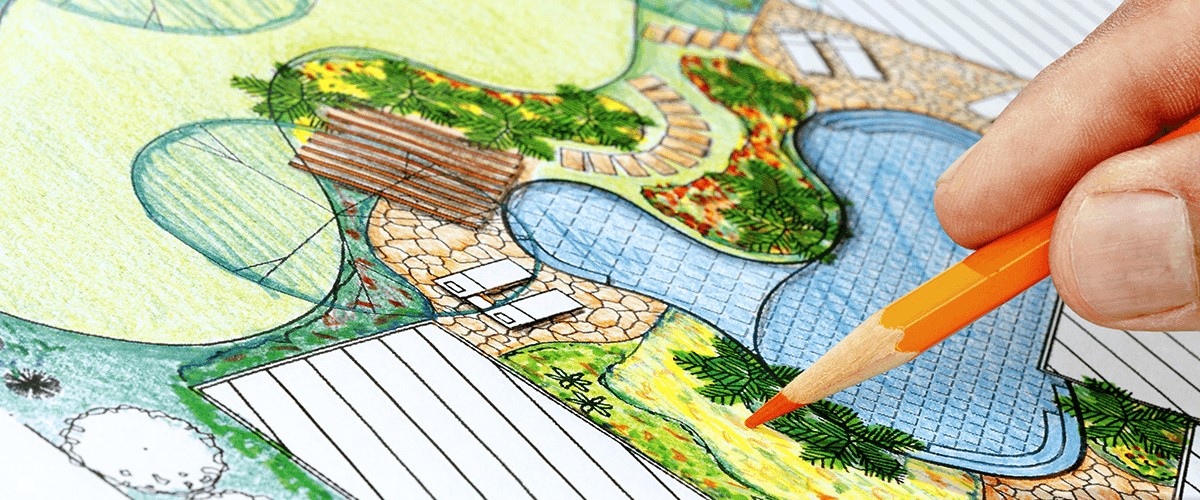
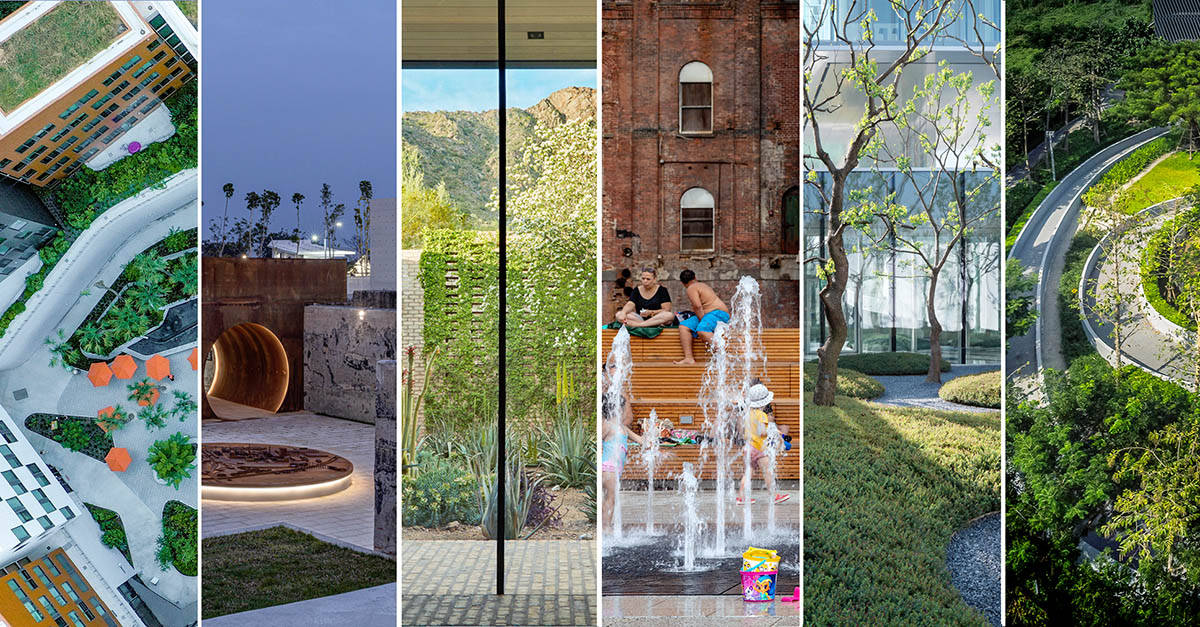

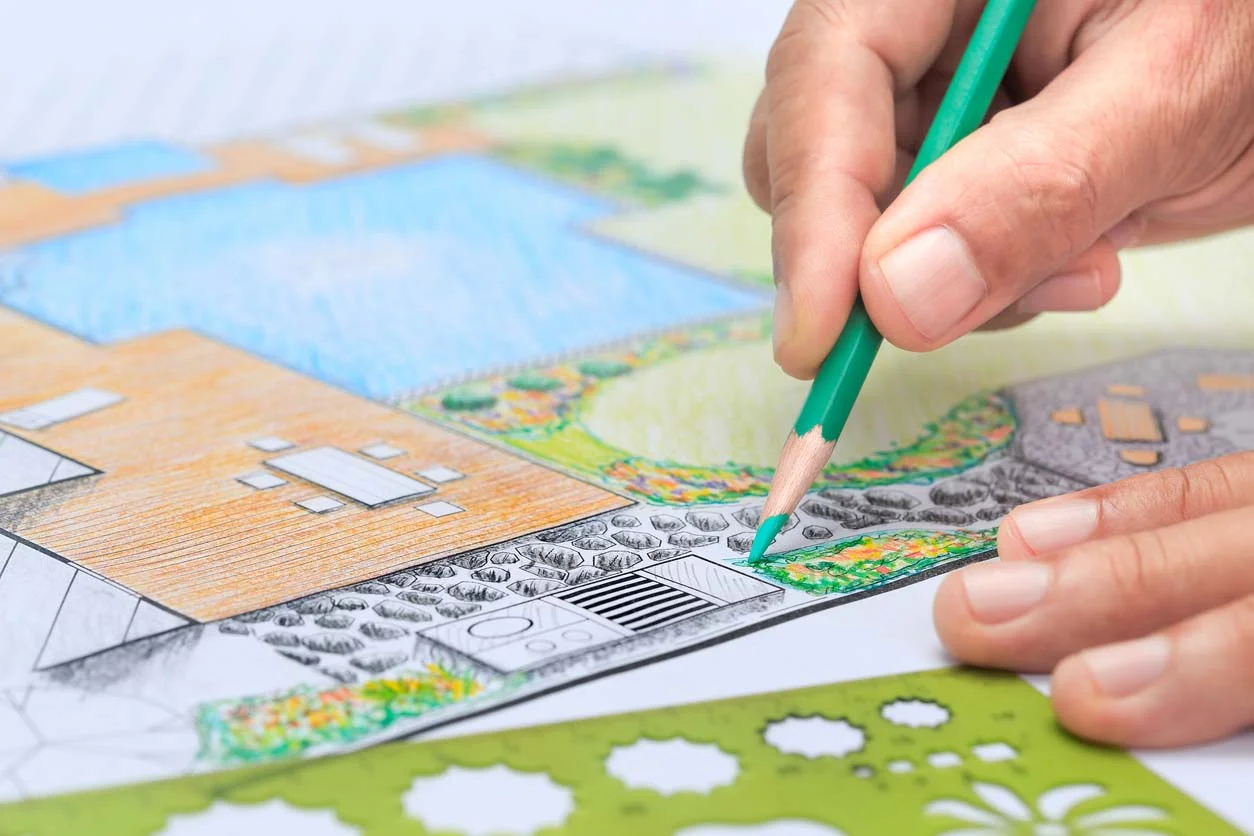
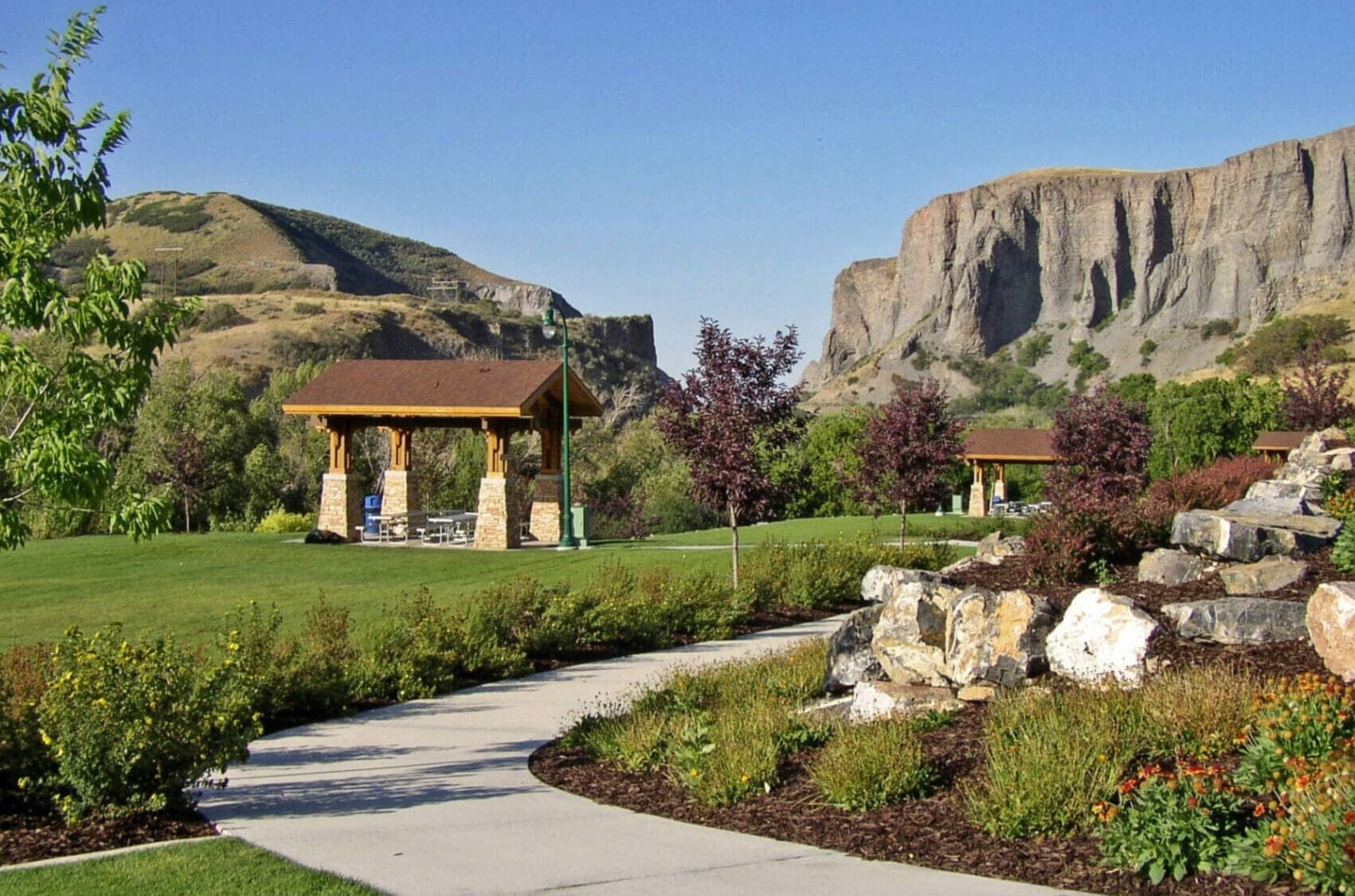

0 thoughts on “What To Include In A Landscape Architect’s Portfolio”